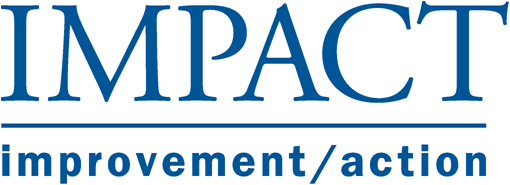Sue Gullo, Director, IHI
Barbara Balik, Senior Faculty, IHI
Creating an Excellent Patient Experience: No longer an option
Donald Berwick’s recent article in Health Affairs "What ‘Patient-Centeredness' Should Mean: Confessions Of An Extremist" emphasizes the importance of treating patient-centeredness as it’s own unique dimension of health care quality.
Partnering with patients and family isn’t simple work but we must move from performing random acts of kindness for patients to implementing a well-designed system. Courtesy is only going to get us to “good” ratings from patients and there is evidence that creating partnerships with patients accelerates the rate of improvements that can be made. Resources are available on the IHI website to aid workgroups with patient and family centered care (PFCC) activities. An interesting finding is that leading performers on patient and family centered care could not separate patient experience from safety and clinical care. Additionally, it may be impossible to get great results without partnering with patients and families themselves to hold focus groups and or construct advisory councils.
How do we educate patients and families upon bringing them into a workgroup or advisory committee? A learning lab at the December National Quality forum will be conducted on patient and family advocacy and how to provide individuals with resources for implementing these programs. Overall, storytelling is a very meaningful, simple method of gathering patient experiences and enhancing communication, a centerpiece of any patient-family centered care programming.
Hospital Leadership and Quality Assessment Tool (HLQAT)
IHI has been very involved with the development of the Hospital Leadership and Quality Assessment Tool (HLQAT) to measure safety priorities rather than productivity measures that tap primarily into RBRVUs. Various health systems have volunteered to come together to participate in 3-month workgroups as part of the evaluation process of the HLQAT.
HLQAT assesses a mix of executives, board members and clinical leadership at both senior and middle levels of the organization. Twelve domains, which can be mapped against the IHI Improvement Map, were surveyed to ascertain specific metrics for a variety of leadership activities. Ultimately, the tool is being developed as an accessible online tool to provide hospitals with comparative data for use in their commitment to quality and safety.
"A great organization is an unsatisfied organization!"
